| Uses: 79 to 84 of 99 NextPage Go to Page: 1 2 3 4 5 6 7 8 9 10 11 12 13 14 15 16 17 | |
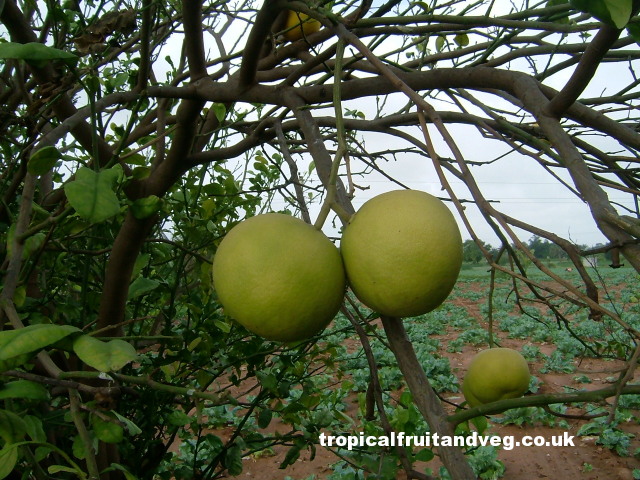
|
Pommelo
Botanical Name: Citrus maxima Pommelos are peeled, the segments are skinned and the juicy pulp eaten. The skinned segments can be broken apart and used in salads and desserts or made into preserves. The extracted juice is an excellent beverage. |
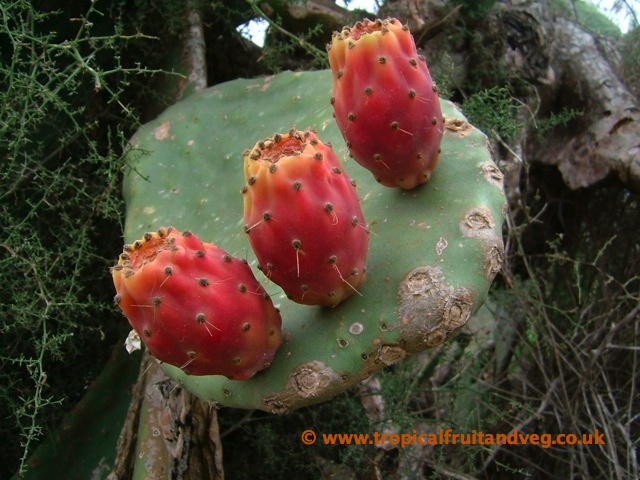
|
Prickly Pear
Botanical Name: Opuntia engelmannii, Opuntia ficus indica The fruit is edible, although it has to be peeled carefully to remove the small spines on the outer skin before consumption. It is often used to make candies and jelly. The young stem segments, called nopales, are also edible. |
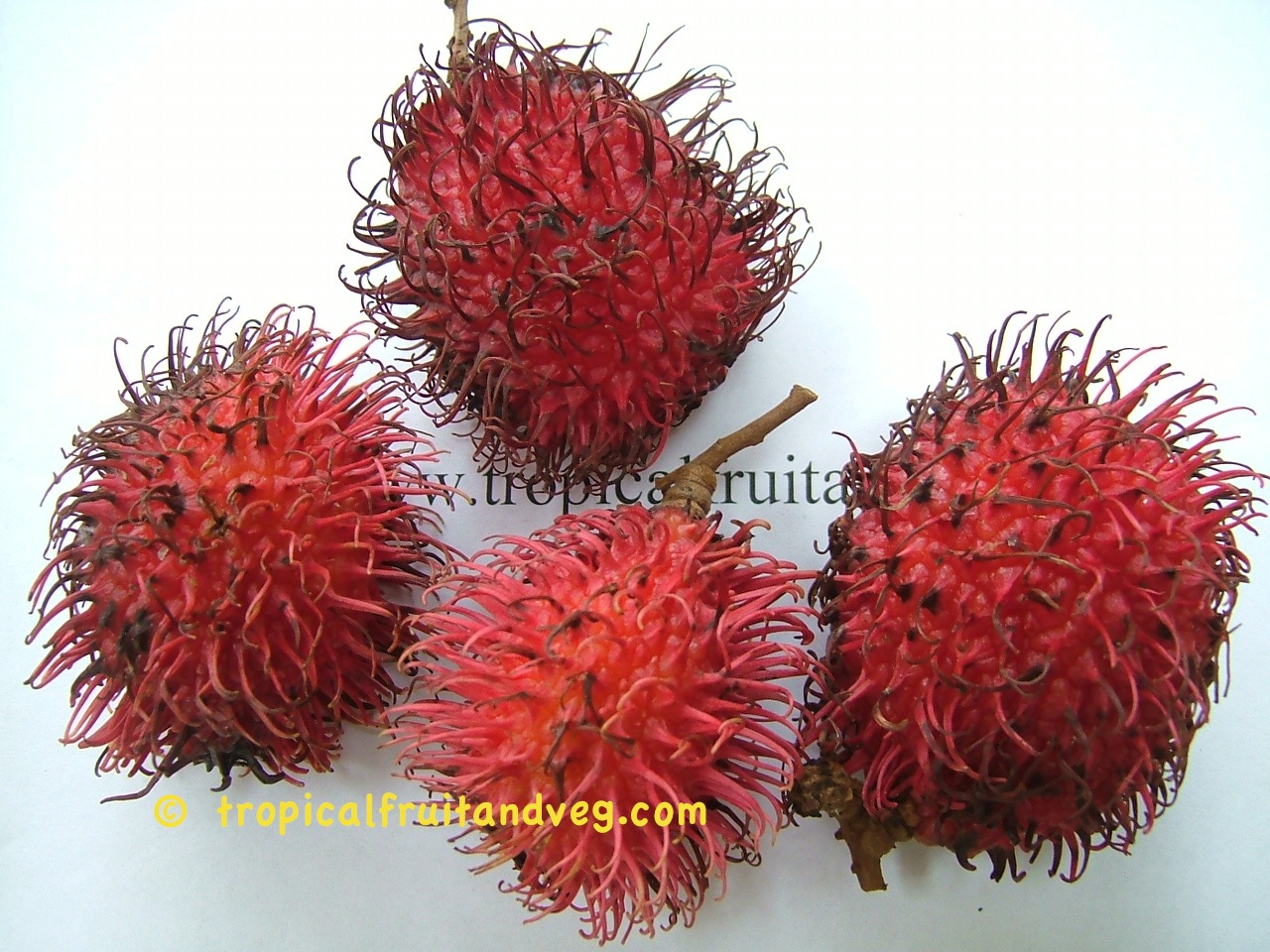
|
Rambutan
Botanical Name: Nephelium lappaceum Rambutans are most commonly eaten out-of-hand after merely tearing the rind open, or cutting it around the middle and pulling it off. It does not cling to the flesh. The peeled fruits are occasionally stewed as dessert. They are canned in sirup on a limited scale. In Malaysia a preserve is made by first boiling the peeled fruit to separate the flesh from the seeds. |
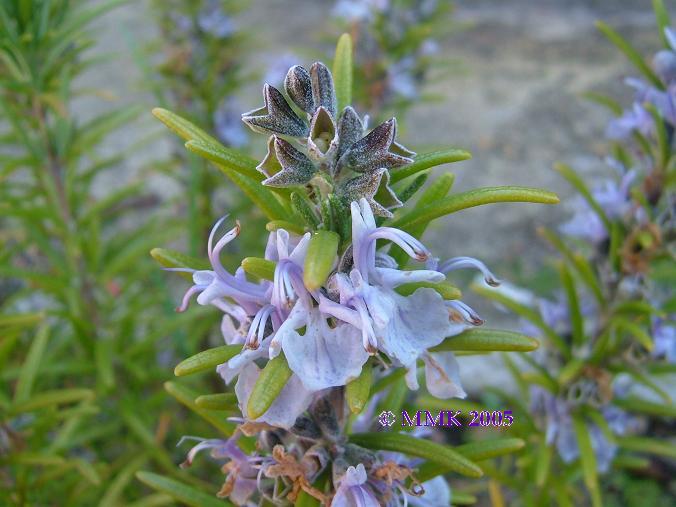
|
Rosemary
Botanical Name: Rosmarinus officinalis Rosemary herb is used throughout Europe in local culinary dishes. It is made into an oil and used for medicinal purposes. It is a common ingredient in various eau de colognes. An infusion of the dried plant (both leaves and flowers) combined with borax and used when cold makes one of the best hairwashes known. It forms an effectual remedy for the prevention of scurf and dandruff. |
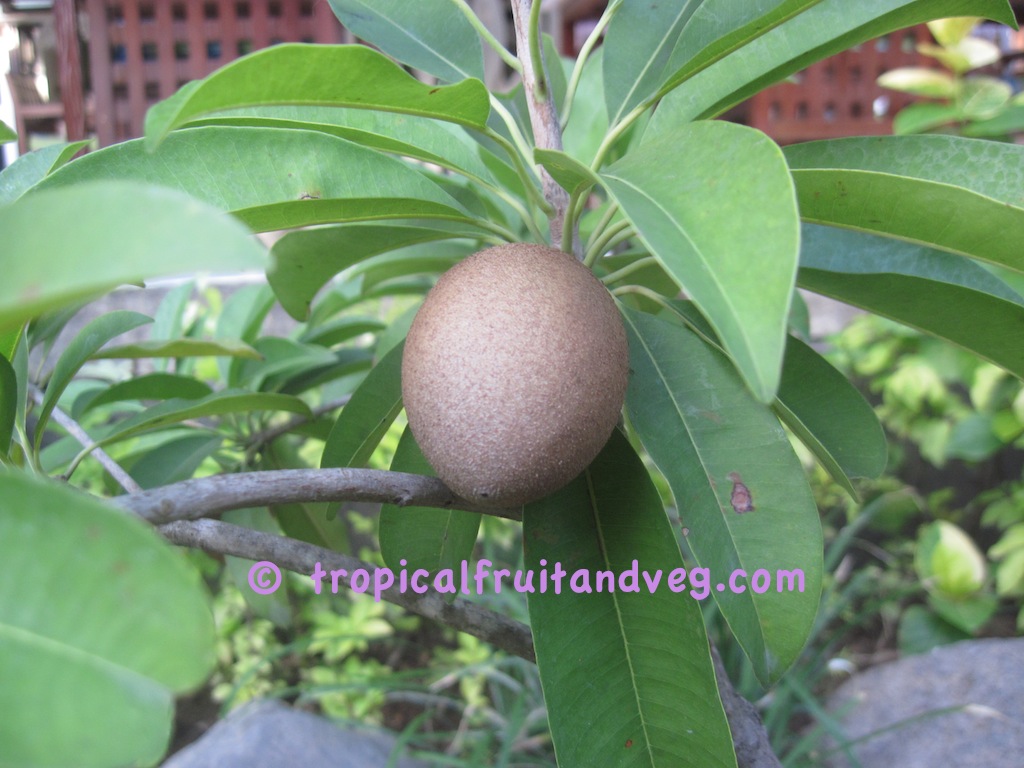
|
Sapodilla
Botanical Name: Manilkara zapota Generally, the ripe sapodilla, unchilled or preferably chilled, is merely cut in half and the flesh is eaten with a spoon. It is an ideal dessert fruit as the skin, which is not eaten, remains firm enough to serve as a 'shell'. Care must be taken not to swallow a seed, as the protruding hook might cause lodging in the throat. The flesh may be scooped out and added to fruit salads. Sapodilla flesh may also be blended with ice and/or milk for a refreshing drink. |
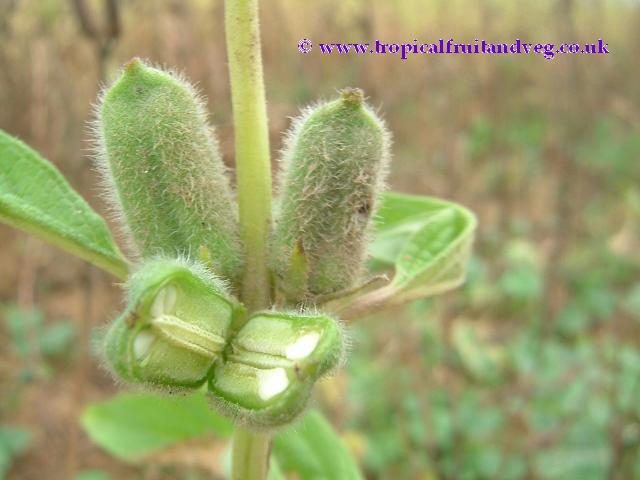
|
Sesame
Botanical Name: Sesamum indicum An oil is extracted from the seed and used for cooking, salad oil and margarines. It is also available as toasted sesame oil for oriental cooking. The whole seeds can also be eaten and are most often seen as a decoration on cakes, confectionery etc. Sesame seed paste, tahini, is used in many dishes e.g. hummus. Halva, a sweet made from sesame seeds is often found in health food shops. Both sesame oil and roasted seeds are used extensivily in Chinese, Japanese and Korean cooking. |
| 79 to 84 of 99 NextPage Go to Page: 1 2 3 4 5 6 7 8 9 10 11 12 13 14 15 16 17 | |